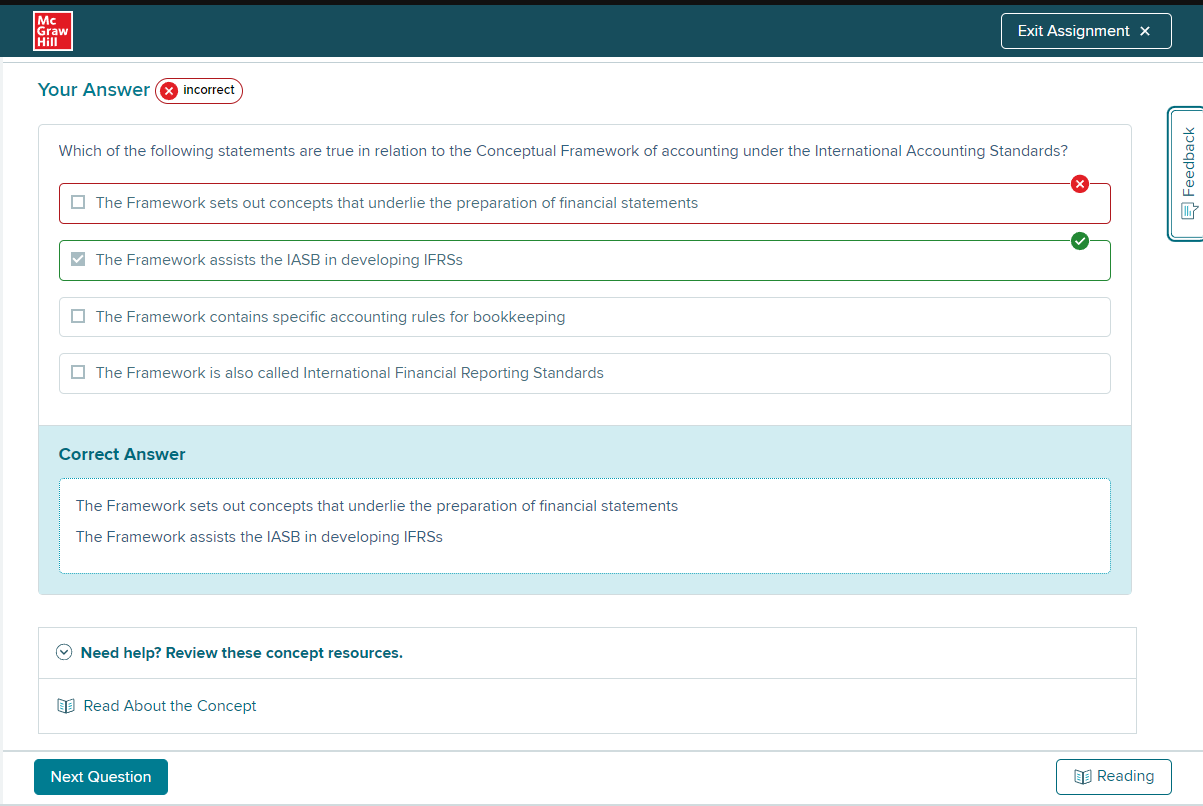Author: Dr. Linhan Zhang joined International Business School Suzhou(IBSS) as an Assistant Professor of Accounting. Her research covers areas of environmental accounting, ESG, corporate law and auditing. Her passion for research carries over into her teaching. She teaches a few modules with over five hundred students from different majors.
Self-directed learning is essential for students, especially in remote teaching during the Covid-19 period. Motivating students to take the initiative to learn for knowledge rather than for tests, is the goal of educators. Those modules co-taught by many professors usually face a large request for learning resources such as past papers and test banks, especially before exams. Apparently, those requests came from students' motivation for grades.
I tried several ways to meet students' needs and further motivate them to learn in a self-directed way during the semester. One of the most important is the combination of Connect and Learning Mall Core (LM). Connect is a course management platform developed by textbook publisher McGraw-Hill to enhance learning and teaching, specifically aimed at modules with e-textbooks. Such external learning and teaching resources can be easily integrated with existing Learning Mall systems (hereafter referred to as LM). It can be added through the "External Tool" in the LM, just like adding other assignments and activities. The experience of using LM also helped me design my course activities. Registered students can be redirected to Connect through LM without setting up another account. Several learning activities are available in Connect, with similar functions in LM such as quizzes and auto-marking. It offers additional teaching and learning support with content ready to use. For example, more resources such as text banks and discussion boards. In the following, I will discuss how it works in detail.
The Smartbook provided by Connect is the main activity that I selected for my module. Smartbooks offer "Reading" and matched "Questions" functions, as well as the ability to provide detailed feedback on student performance. "Reading" can be used as pre-reading activities tailored to the teaching plan. In this way, the course content will not need to cover every chapter and section of the textbook. Teachers can adjust the scope of the textbook so that it only contains topics and concepts that will be assessed in their course. Furthermore, the textbook interfaces displayed in Connect contain more hyperlinks and highlighted concepts than the official Book Shelf site, which makes the textbooks more pleasurable for students to read.
The "Questions" function is used for self-assessment. Normally, students are supposed to read relevant chapters in e-books first and do some exercise afterward. If students turn out to provide wrong answers, some of them may be unwilling to go through slides, recorded lectures, or textbook material for the proper explanation for the questions. They may prefer turning to lecturers and tutors directly for help because the same question can be explained repetitively until they understand the logic and the knowledge. This is good for students but also causes some problems like modules with large student numbers, which would cost large extra office hours that teaching staff may not be able to handle. In other situations, if students luckily happen to select the right answer by luck, they may not ask why and lose the opportunity to think deeper and know the reason. Based on both of the above, the "Questions" exercise function of the Smartbook offers new experiences for students to enjoy reading the e-books and timely assess whether they have fully grasped the contents. The following is how the Smartbook becomes "smart". After submitting their answers to the "Question", students will have a button called "read about the concepts" that will trace back to the exact passage of the textbook to be reviewed. This form of reading with practice is an effective way of learning and helps students memorize the critical content of textbooks. More importantly, the direct linkages can alter students' motives for doing exercises to get high exam scores. Through this practice, students learn to seek not only the right answer but also the knowledge embedded. It emphasizes self-evaluation, learning effectiveness, and learning initiative.
Another function of the Smartbook is its ability to provide detailed feedback. Usually, the pre-reading is organized before lectures. After students attempt to read and answer questions, the system will generate a report showing students' performance. It will highlight the questions with which most students provide wrong answers and the concepts that students read the most frequently. This feedback can help decide the teaching directions and reveal more challenging sections. Teachers will spend more time explaining the related content during the lecture to enhance teaching efficiency.

To sum up, good collaborations and timely communication with professional techniques on Connect through LM are the keys to implementing lectures successfully. Connect is one of the external teaching and learning resources that can be integrated through LM. It provides tailored textbook reading material with matched questions for pre-reading activities. The linkage of the question back to the content of the textbook makes it easy for students to find the relevant topics and deepen their understanding. It also helps teachers to identify challenging topics before the lecture and prepare sufficient materials to guide students. Ultimately, these new learning experiences can increase students' satisfaction with the module and cultivate self-directed learning habits.


